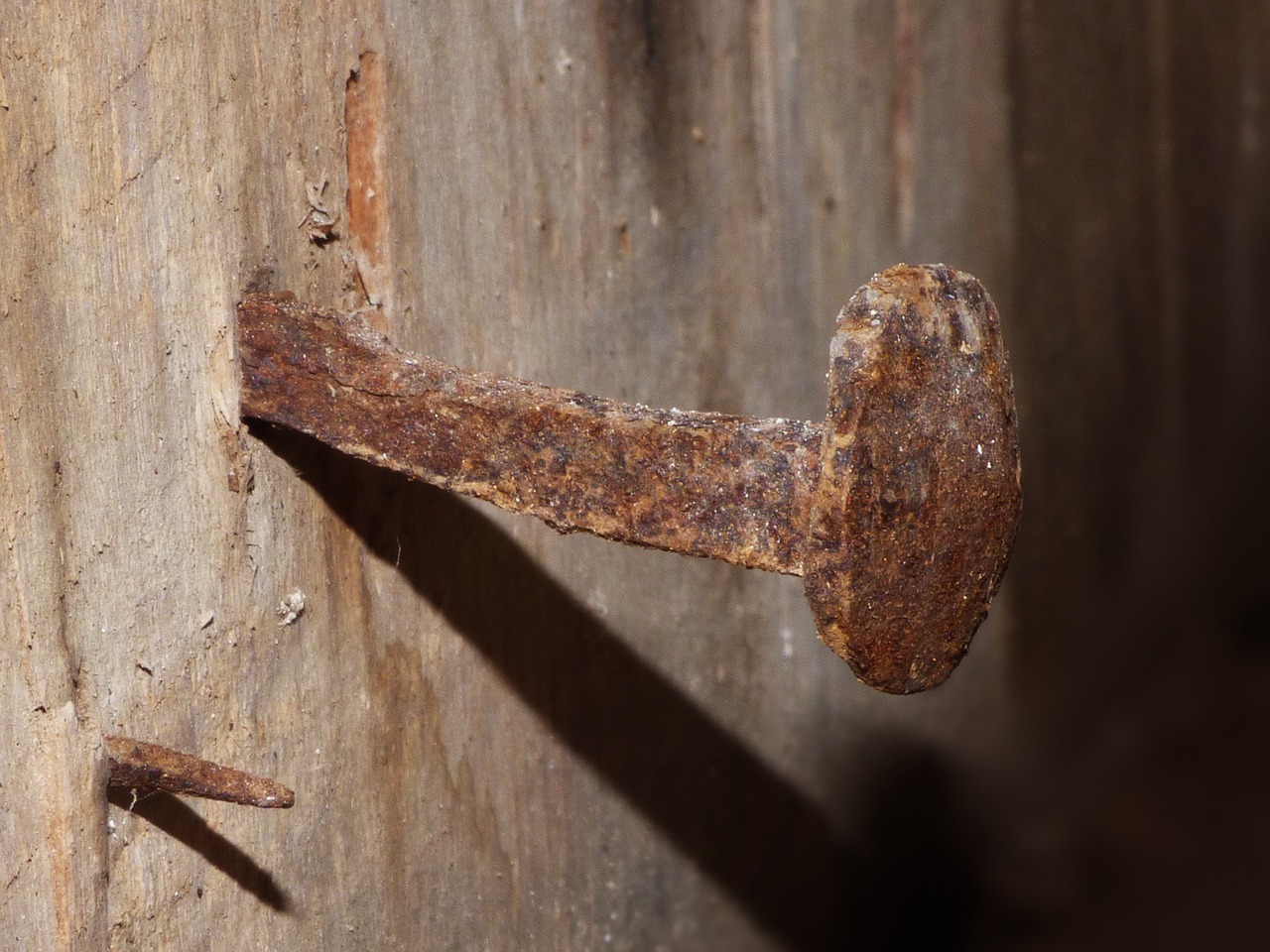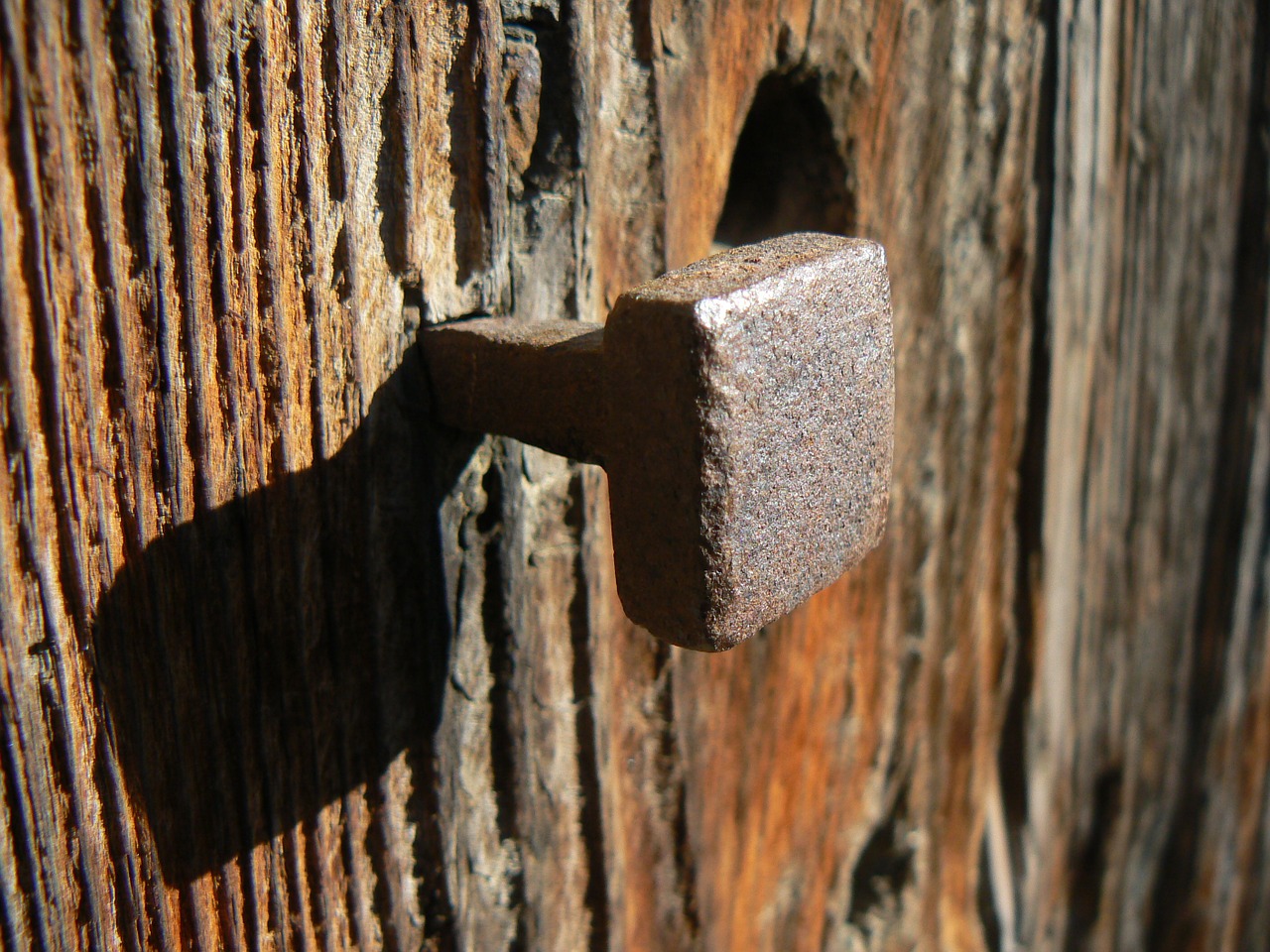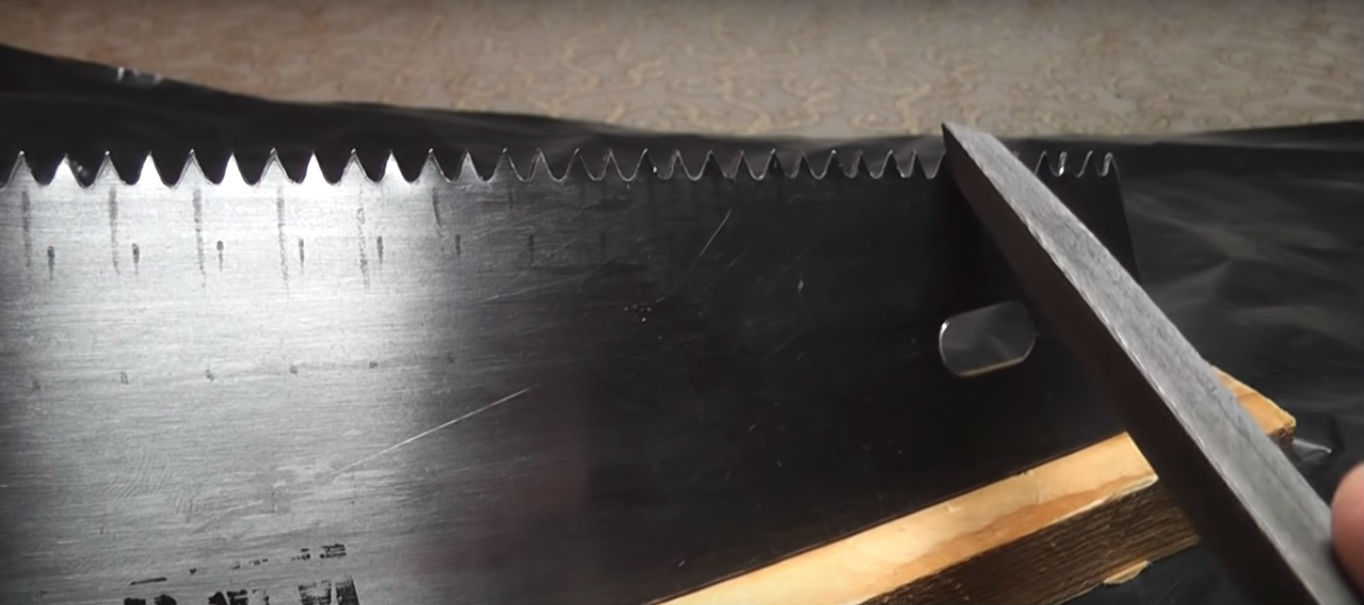When did the first nails appear?
There are objects in our daily life that are so ordinary that it is not necessary to talk about them. Let's take nails for example. It would seem, what could be interesting about these elementary, but irreplaceable fasteners? Meanwhile, the history of their origin contains many interesting facts.

The content of the article
How did it all begin?
Nails today are made of metal. But it was not always so. Historians say that people learned a long time ago that objects can and should be fastened together. Our ancestors, who lived in caves, knew that you could join two skins and thus build yourself a large and comfortable cape or bed. But people did not know how to use metal, and therefore everything that was at hand was used: bones, sharp branches, plant thorns, silicon fragments.
Such fasteners were used both for the construction of dwellings, rafts and boats, and for the internal arrangement of the “house”. For example, they were used as hangers, they were also used to nail skins into door and window openings, and cut thick pieces of meat.
The first primitive nails were replaced a little later by wood products. They were more durable, but making them turned out to be not so easy: to make a wooden fastener, you need to at least find a strong stick and sharpen one end of it. Still, this is somewhat more complicated than collecting and drying fish bones.
The wooden nails of ancient people were completely different from those we are used to: they looked like blades without heads. They were actively used in shipbuilding, construction of residential and utility buildings. Oak, birch, maple, and acacia were used to make them. Coniferous trees were used less often, since the fasteners made from them quickly dried out and crumbled.

When were metal nails invented?
Today it is obvious that wood should have been replaced by a more practical material. And therefore about five thousand years ago, instead of wooden nails, people began to use metal ones. Their production was a real art: the first metal fasteners were forged or cast in a special mold.
Naturally, each such nail was considered an exclusive handmade product, and therefore purchasing it was not a cheap pleasure. It was believed that only rich people deserved such luxury (however, the poor could not afford something like that, even if they really wanted to).
In addition, nail masters were highly respected in those days. This is evidenced by tablets found by archaeologists in the territory of ancient Mesopotamia (modern Middle East) containing information about the construction and the people who participated in this process. Similar finds date back to approximately the 3rd millennium BC. In ancient Egyptian scrolls, archaeologists have discovered “records” of the use of bronze nails.
Interesting! Scientists even find data on the use of nails in ancient biblical books. At the same time, they were not driven in, but walled up in the wall during construction and used as hangers. If there was a need to get such a literally metal pin, then the wall had to be broken.

When did the first nails appear in Rus'?
It is impossible to say exactly in what year such a useful device first appeared on Russian territory. It is only known that the earliest mentions of nails on our land date back to the 10th century, and information about nailers can be found in chronicles of the 13th century.
As throughout the world, in our state these craftsmen were held in high esteem. They made nails from wood and metal, but historians know that there were no standard sizes for such fastening elements in ancient Rus'. They were constantly improved, changing the length of the rod and the notches on it, the diameter of the cap (it did not appear right away), experimenting with the material for their manufacture.
This fastener has been “living” with a person for many years. Proverbs and sayings were dedicated to him and used in jokes. Let's remember at least a couple of the most famous: “Stuck like a nail in the wall”, “You can’t hang everything on one nail”.
But history is full of paradoxes. This fastener turned from an object of true respect into an inconspicuous and affordable building material not so long ago, but we stopped noticing its uniqueness quite quickly.
However, it is never too late to catch up and appreciate what makes our lives more comfortable. It is enough to learn to ask yourself questions more often and look for answers to them. A fascinating activity, I must say!





